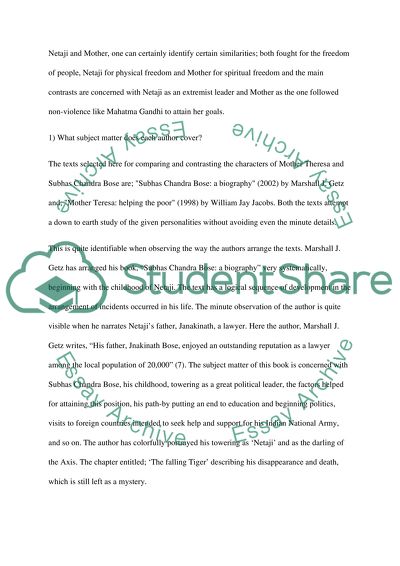Cite this document
(“Compartive review of two books relevance to South Asian history Research Paper”, n.d.)
Retrieved from https://studentshare.org/family-consumer-science/1415273-compartive-review-of-two-books-relevance-to-south
Retrieved from https://studentshare.org/family-consumer-science/1415273-compartive-review-of-two-books-relevance-to-south
(Compartive Review of Two Books Relevance to South Asian History Research Paper)
https://studentshare.org/family-consumer-science/1415273-compartive-review-of-two-books-relevance-to-south.
https://studentshare.org/family-consumer-science/1415273-compartive-review-of-two-books-relevance-to-south.
“Compartive Review of Two Books Relevance to South Asian History Research Paper”, n.d. https://studentshare.org/family-consumer-science/1415273-compartive-review-of-two-books-relevance-to-south.


